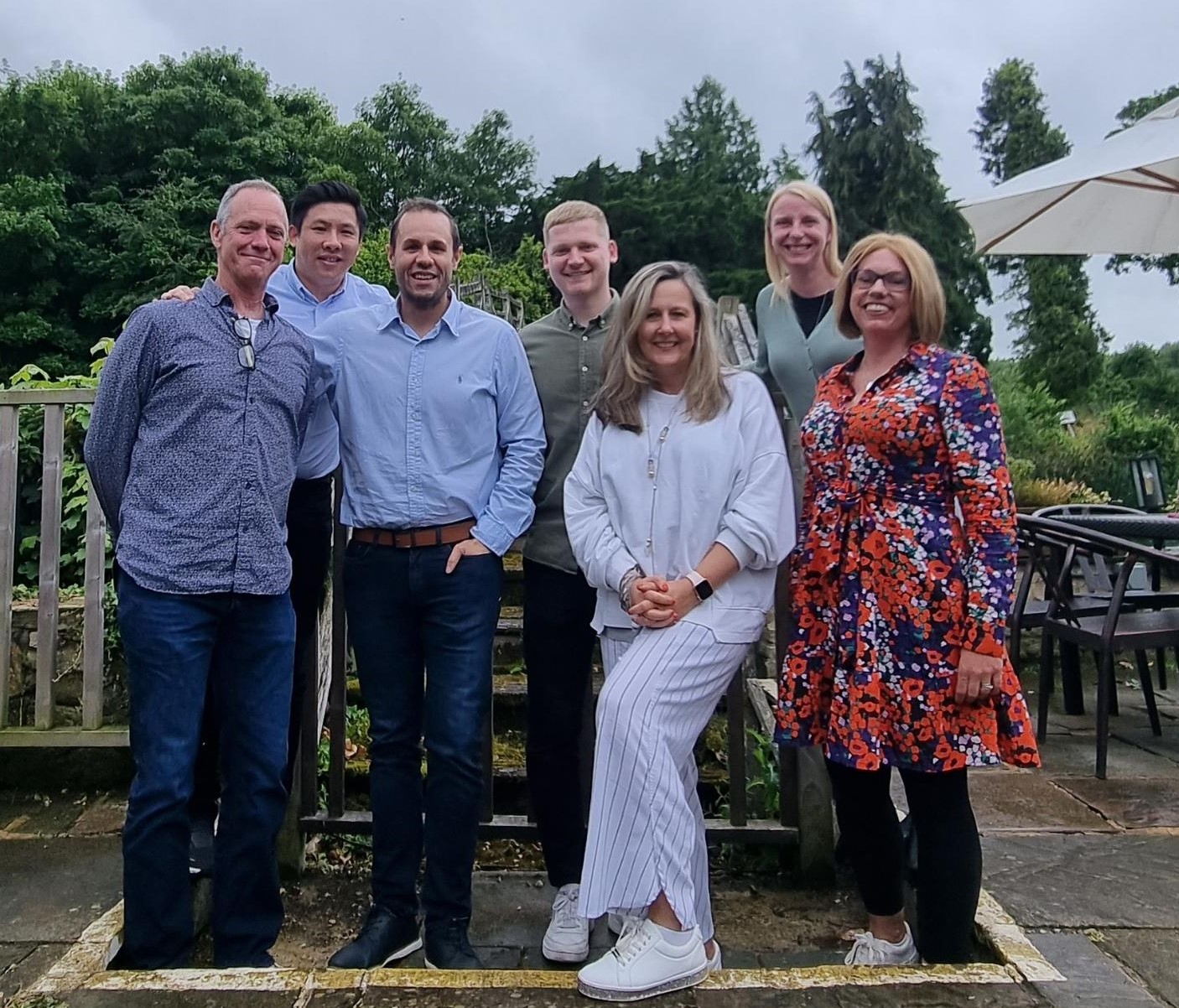The experience your employees have within the workplace ultimately defines their impact and effectiveness. An engaged and happy employee is a driving factor in business success. Most well-accepted definitions of employee engagement describe individuals investing more of their: commitment, creativity and ideas, energy/focus, and extra care and initiative.
Businesses that enjoy high levels of employee engagement are much more likely to outperform their counterparts with lower employee engagement. This makes it a top priority for all businesses.
Employee engagement can’t be seen as a disjointed list of attributes and factors – instead, it should reflect the whole experience an employee has within the organisation. This “experience” reflects all micro influences impacting employees throughout their day. Understanding this experience therefore becomes a valuable asset for any business and helps to solve many challenges associated with disengaged, unproductive and unmotivated workforces.
What is employee experience?
The employee experience goes beyond simply having beanbags or “free pizza Fridays” in the office. It is an expansive view of everything and every step an employee goes through with an organisation. From employee onboarding, to daily tasks and interactions, to unique challenges, the things people encounter and the way they feel, is a key factor in how they’ll perform for the business. From the chair they sit on, to the way their managers speak to them, every aspect of the workplace has an impact on employees.
The employee experience is about seeing and valuing employees as if they were customers. Many organisations have thrived by prioritising the “customer experience” and the relationship they have with a brand to develop brand advocates. Organisations are now starting to understand that by adopting this mindset towards their employees can be similarly powerful.
The value of people and top talent within organisations is abundant, so ensuring everything is done to make sure their experience day-to-day, year-to-year, goes beyond expectations, should be an absolute priority. The customer experience is in fact largely a result of engagement with employees and their actions. All this points to businesses needing to ensure employee wellbeing and engagement is at the top of their agenda.
Employee experience already has its business case, with business investing in it seeing higher customer loyalty and revenue growth.
Employee surveys and the employee experience
We believe an engaged employee will put their head (intellectual buy-in), heart (emotional buy-in) and hands (motivation and behavioural effort) into their work and the organisation as a whole. We refer to this as the Head, Heart and Hands model of engagement.
To measure, evaluate and make recommendations to achieve this employee engagement, we find surveys, focus groups and interviews are a great tool to give organisations key insights into how employees are feeling.
To fully understand and value the employee experience, businesses can benefit by going beyond an annual survey or interview, and really focus on every aspect that could impact employee feelings. Full census organisational surveys are important for gathering a detailed picture of staff opinions about their working lives, however they provide one snap-shot in time and do not provide insight into how levels of staff satisfaction, commitment and motivation change over the course of a year. For this, pulse surveys can be a great solution. The employee experience is likely to change over time, so using pulse surveys that can quickly illustrate employee engagement and provide evolving understandings of employees, help businesses spot trends or emerging challenges.
Career surveys can also reveal insights about employees and key milestones within their career. For example, a survey/interview after the first year of employment may identify the early experiences an employee had within the organisation. Similarly, a survey/interview after they received a promotion, may also help to highlight drivers in employee engagement.
Where single metrics and data may not be enough to tell the whole story, in-depth interviews and focus groups can help to shed light on specific things impacting employees, both positively or negatively. Interviews and focus groups can be great tools to give employees a platform to share details about their feelings and the reasons behind these feelings. This can create very powerful insights that help businesses to adapt culture, technology or physical aspects of daily working life.
By tying together all insights collected about employee experience, businesses can gain a much more rounded understanding of how their workforce feels, ensuring any challenges facing employees can be addressed as soon as possible.
Getting started with Primary Colours Surveys
To benefit from the employee experience and an engaged workforce, businesses must first look to design, implement and analyse data that reflects how employees feel.
From designing and deploying effective engagement surveys to interviews and focus groups, we are well equipped to work with you to understand and improve your employee experience. Being able to collect effective data about employees is the first step in creating enriching experiences for employees that keep them engaged and happy for years to come.
For more information about how we can help, take a look at Primary Colours Surveys or simply fill out a contact form.





















